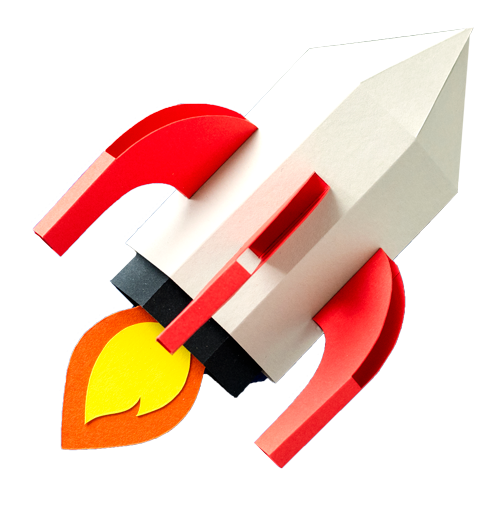The Short Version
Scrum is an agile methodology primarily focused on the delivery of software that increases the value of a product or organization.
The Long Version
Scrum breaks the mold of traditional waterfall development of software systems. In waterfall every step was monolithic and one directional. You worked and worked and worked on a single step and then moved on to the next. If there was a problem? You had to return to the top of the waterfall and begin again. At the end of a waterfall project you could potentially be well over budget, late and deliver a product the customer no longer needed or wanted.
Agile project management evolved to help mitigate these issues. Scrum specifically is an approach to agile that addresses these concerns with specific and well defined strategies.
There are two components to Scrum, Ceremonies and Artifacts. Ceremonies are the meetings that happen during a Scrum sprint. All meetings in Scrum are time boxed and have a very specific purpose. Strict adherence to these principles will make your implementation of Scrum that much more successful. Artifacts are the documents that are produced in support of the Scrum effort. These are minimal but extremely important to the success of your Scrum initiatives.
The Ceremonies
The Ceremonies of Scrum are: Sprint planning, Daily Scrums or Daily Stand Ups, Sprint Demo, and Sprint Retrospective.
Sprint Planning
The intent of this meeting is for the development team to ask questions of the Product Owner to get clarification on the User Stories that are candidates for the upcoming Sprint. Developers should have a thorough understanding of the story and its acceptance criteria after the first segment of the Sprint planning meeting. In the second segment the Product Owners are not required and the development team estimates their capacity for the coming sprint, the effort each user story requires and commits to the Sprint Backlog or the user stories that will be completed during the sprint.
Daily Scrum
The daily scrum is a fifteen minute long, stand up meeting for the development team members to describe their progress since the previous meeting, what they are working on for that day and any blocks that are standing in their way. For the sake of keeping to the time frame of fifteen minutes only the development team members are allowed to speak. All other stakeholders are invited to observe but should hold comments or questions until after the daily scrum when problem solving begins.
Sprint Demo
At the end of the sprint the developers demonstrate to the stakeholders all of the user stories that they were able to complete during the sprint. These demos don't have to be overly detailed. They can be as simple as showing data that meets a certain criteria. The goal is to demonstrate that what has been built meets the Product Owner's acceptance criteria and gain the Product Owner's acknowledgement of acceptance.
Sprint Retrospective
Following the sprint demo the development team meets to discuss the team's level of success during the sprint. They develop a list of positives, things they would like to continue or expand in future sprints, and a list of deltas, things they would like to change or eliminate in future sprints. The intent of this meeting is not to point fingers, it is to identify areas of opportunity and action items to help realize those opportunities.
The Artifacts
The artifacts of Scrum are: the Product Backlog, the Sprint Backlog, the Kanban board, and the Burn-down Chart.
The product backlog is a list of groomed user stories, those with fully developed acceptance criteria, that is used in sprint planning to identify and prioritize candidate user stories for upcoming sprints. Typically the Product Owner is trained in the authoring of user stories and acceptance criteria. They then perform the grooming in advance of the sprint planning meeting.
The sprint backlog represents the user stories that the development team has committed to completing during the course of a sprint. These user stories will have estimates and tasks defined for their completion before they can be committed to the sprint backlog.
The Kanban board is a publicly accessible board showing all user stories and their tasks as well as their current state. Cards are placed in columns on the board to indicate what phase of work they are in. Work flows from left to right across the board ultimately ending up in a complete column. Cards in this column must satisfy the team's definition of done and be potentially shippable.
The burn-down chart is a publicly posted progress indicator for the sprint. It is posted daily by the Scrum Master and shows the ideal burn-down line for progress on user stories and the actual progress to date of the development team. This chart is posted so that stakeholders and team members can see it and at a glance know how they are progressing against their goal.
The Summary
Scrum is an agile approach to delivering work that adds value more quickly and with higher quality than previous approaches. It builds trust and cooperation with stakeholders as they see progress being made in regular intervals. It builds morale of the development team as they have more control of their own destiny, become active participants in the planning process and achieve regular incremental success as they complete sprints.





